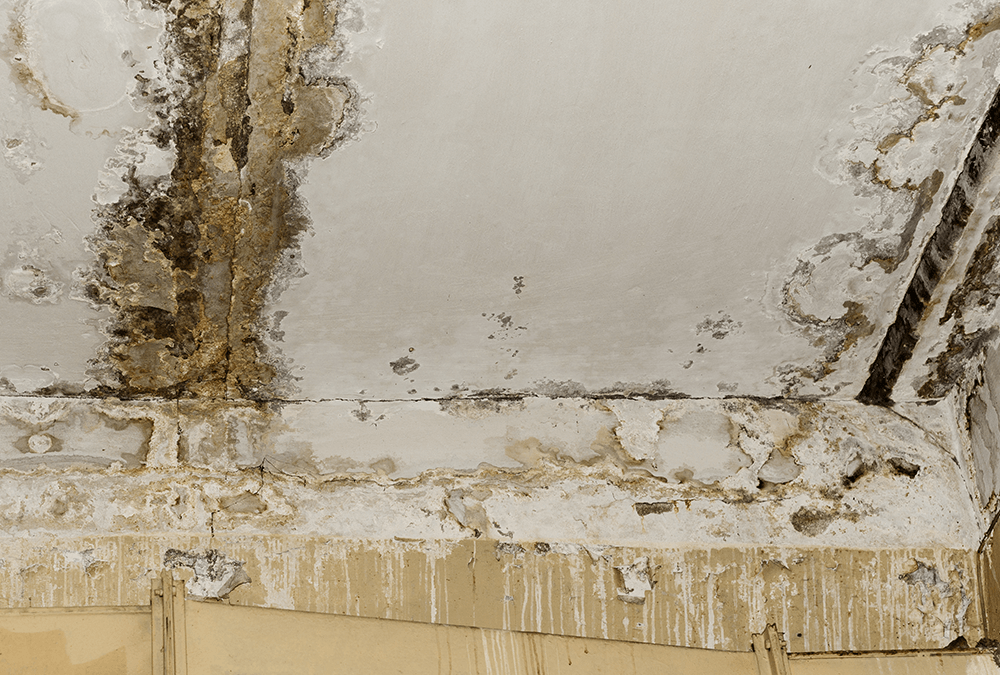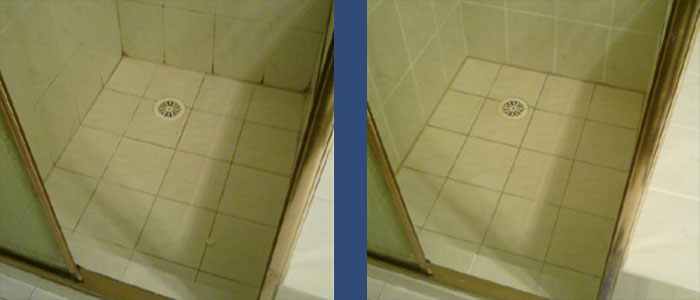Common Sources Of Water Damage in a Bathroom
Common Sources Of Water Damage in a Bathroom
Blog Article
This post listed below involving Looking for Signs of Water Damage in the Bathroom is really attention-grabbing. You should look it over.

The bathroom is extremely vulnerable for wet buildup and also possible water damages because of the regular use of water in it. This short article provides simple inspection techniques to aid identifying water damages dangers.
The regular use of water in the restroom makes it extremely at risk for wet build-up as well as potential water damages. By evaluating it on a regular basis, you can minimize water associated damages.
The adhering to collection of assessments is simple to perform and also must be done when in every three months in order to maintain your shower room healthy as well as to avoid potential water damages brought on by the bathtub, the shower, pipeline joints as well as plumbing, sinks, closets, and also the commode
Do not disregard carrying out these inspections and also be extensive while executing them. Bear in mind that these easy inspections can conserve you a great deal of money by providing very early indicators for water damage
Sinks and Cabinets
Sinks and also cupboards are subjected to moisture and also humidity daily and also are typically neglected. Evaluate consistently under the sink as well as on the countertop over it. Repair any drip in the catch as it may recommend drainpipe problems. Check out the sink, sluggish draining pipes might suggest an obstructed drainpipe. Replace sink seals if they are fractured or loose.
Bathtub as well as Shower
The shower and bath tub need unique interest and upkeep. Check the floor tiles and change if broken. See to it that there is no missing cement in between the tiles. Examine and also replace fractured caulking at joints where the walls fulfill the floor or the bath tub. Blocked drains pipes and pipelines problems will certainly prevent the bath tub from drying out and might indicate severe problems underneath the bath tub. Speak with a specialist instantly to stop structural damage. Take notice of discolorations or soft locations around the bathtub walls as they might indicate an interior leakage.
Plumbing
Signs for water damage are tough to detect considering that many pipelines are mounted inside the walls.
Pay unique focus to flooring as well as wall surfaces moisture as well as discolorations as they may show an unnoticeable plumbing problem. Examine dampness levels in adjacent areas as well.
The Bathroom
The commode is a susceptible water junction. Inspect the water lines and also search for leaks around the bathroom seat, in the tube, and under the water storage tank. If you identify any indications of wetness on the flooring around the commode, check for leaks in the toilet edge and also container seals.
Realize that hanging commode bowl deodorants enhances the possibilities for obstructions.
Water Damage Signs In The Bathroom To Avoid Cleanup
Musty smell
This is one of the easiest signs to catch because musty smells are so odorous. The damp, earthy, moldy smell should be a big red flag. The smell will develop when moisture gets trapped in surfaces, and begins to facilitate mold growth. Leaking pipes under cabinets, inside walls, and behind shower fixtures will cause moisture to stay trapped and not dry, which will lead to mold growth and spread. As soon as you notice any musty smells in your bathroom, have it checked for hidden water damage and cleanup signs.
Visible mold
If the smell isn’t there to give it away, sometimes you will actually see mold growth. Finding mold in your bathroom is a serious problem, because mold is very harmful to your health. By the time mold growth is visible, it also means that water damage has already occurred and been present for some time. The only way the mold problem can be resolved is to find the source of the moisture and get it stopped. To safely and adequately remove mold, you need to have professionals handle the remediation. Do not waste any time in getting mold problems addressed, fixed, and sanitized so that you can protect you and your family from the many respiratory symptoms caused by mold exposure.
Damaged floors
Bathroom floors should be able to withstand some exposure to water while still remaining in good condition. However, when excess exposure or water leaks occur, they will begin to damage even the most water-resistant flooring. If you notice any cracking, bubbling, staining, or warping on your bathroom floors, there is probably a water leak somewhere causing the distortion. If you notice areas of the floor have become softer, or even have a spongy feeling, there is probably damage to the subfloor. Subflooring is typically made up of plywood. When plywood is exposed to water or moisture, it will absorb it. Once it has become saturated, the weight of the excess water will cause the wood to swell and soften. Check the floors in your bathroom frequently to catch any of these sings before they lead to damaged subflooring.
Changes on walls
When water leaks behind walls, it will cause changes in the drywall. Peeling plaster, blistering paint, and soggy wallpaper are all good indicators that excess water is building up behind the wall. Water leaking behind drywall will cause it to swell and be soft to the tough. If you start to notice gaps along the trim of your walls, or where tile meets the wall, it could also be a strong indicator that there is a leak behind the wall. Any changes, distortion, or damage on the walls should be evaluated as soon as you notice it to prevent further water damage and cleanup.

I have been very excited about Common Causes of Water Damage in a Bathroom and I am praying you appreciated my page. Are you aware of another individual who is serious about the topic? Please feel free to promote it. I treasure reading our article about Looking for Signs of Water Damage in the Bathroom.
Check This Out Report this page